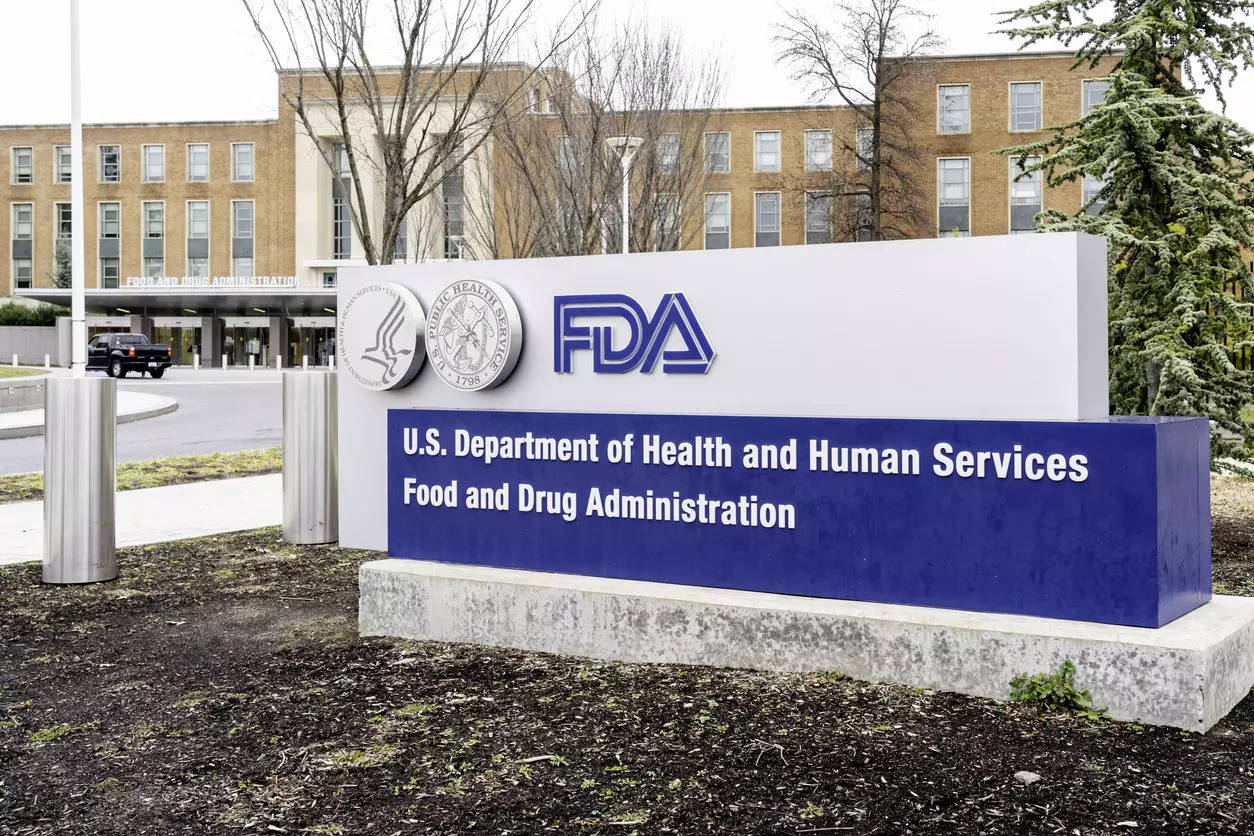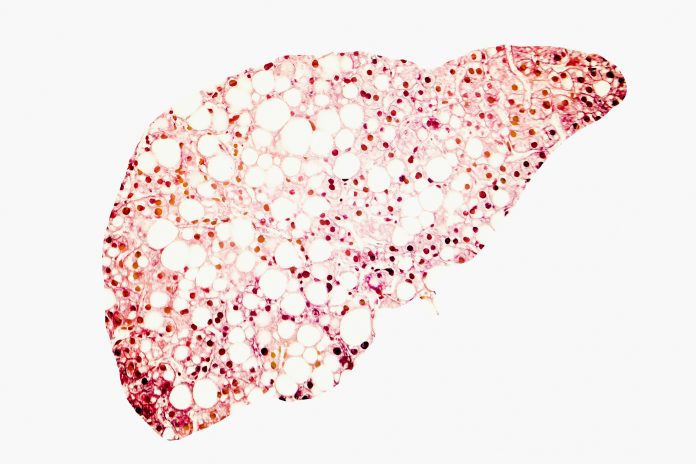What are hexavalent vaccines?
A hexavalent, or 6-in-1 vaccine, is intended to protect people from multiple diseases by combining antigens from six microbes into a single vaccine. Hexavalent vaccines against diphtheria, tetanus, pertussis, polio, haemophilus influenza B and hepatitis B have been available for many years, but these have contained purified pieces of the bacterium that causes pertussis (acellular pertussis) rather than the entire inactivated bacterium (whole-cell pertussis). The latter triggers more durable immune responses.
Reducing the number of vaccinations could also make vaccinating against these diseases cheaper, by cutting the number of syringes and safety boxes needed, and reducing transportation, cold-chain and labour costs.
Rather than using these existing hexavalent vaccines, most lower income countries have instead opted for giving children three doses of pentavalent vaccine with a whole-cell pertussis component, which protects them against diphtheria, tetanus, pertussis, haemophilus influenza B and hepatitis B. Protection against polio has either come from oral polio vaccine (OPV), or inactivated polio vaccine (IPV), but OPV is increasingly being phased out and WHO has recommended that all countries introduce at least one dose of IPV into their routine immunisation schedules to eliminate the risk of vaccine-derived polio.
Why are new hexavalent vaccines needed?
A hexavalent vaccine that includes whole-cell pertussis and IPV would be preferable to giving pentavalent and IPV separately because it would require fewer vaccination sessions, meaning more children are likely to receive all the recommended doses for protection against these diseases. It would also reduce the risk of countries prematurely discontinuing use of IPV if victory over polio is declared. Reducing the number of vaccinations could also make vaccinating against these diseases cheaper, by cutting the number of syringes and safety boxes needed, and reducing transportation, cold-chain and labour costs.
Who is developing them?
All manufacturers of WHO prequalified pentavalent vaccines plan to have a whole-cell pertussis hexavalent vaccine in their product development pipeline, although these are currently at different stages of development. UNICEF expects WHO prequalification of the first whole-cell pertussis hexavalent vaccine during the third quarter of 2023.
These vaccines are expected to be given as three doses at six, ten, and 14 weeks — with a booster dose given between the child’s first and second birthday.
What happens next?
In November 2018, Gavi’s Board approved in-principle support for whole-cell pertussis hexavalent vaccine, subject to a vaccine being licensed, recommended for use by WHO, WHO prequalified, and meeting market attributes that would support its successful implementation. These conditions are now considered to have been met.
A decision to approve the opening of a funding window for a hexavalent programme would allow the Gavi Secretariat and partners to develop and finalise its design, and countries to start assessing these products, in time for first introductions starting in 2024.
Some countries may decide to continue using pentavalent vaccine and give IPV separately. However, UNICEF has estimated that the market for the hexavalent vaccine could be 100 million doses a year by 2030.










